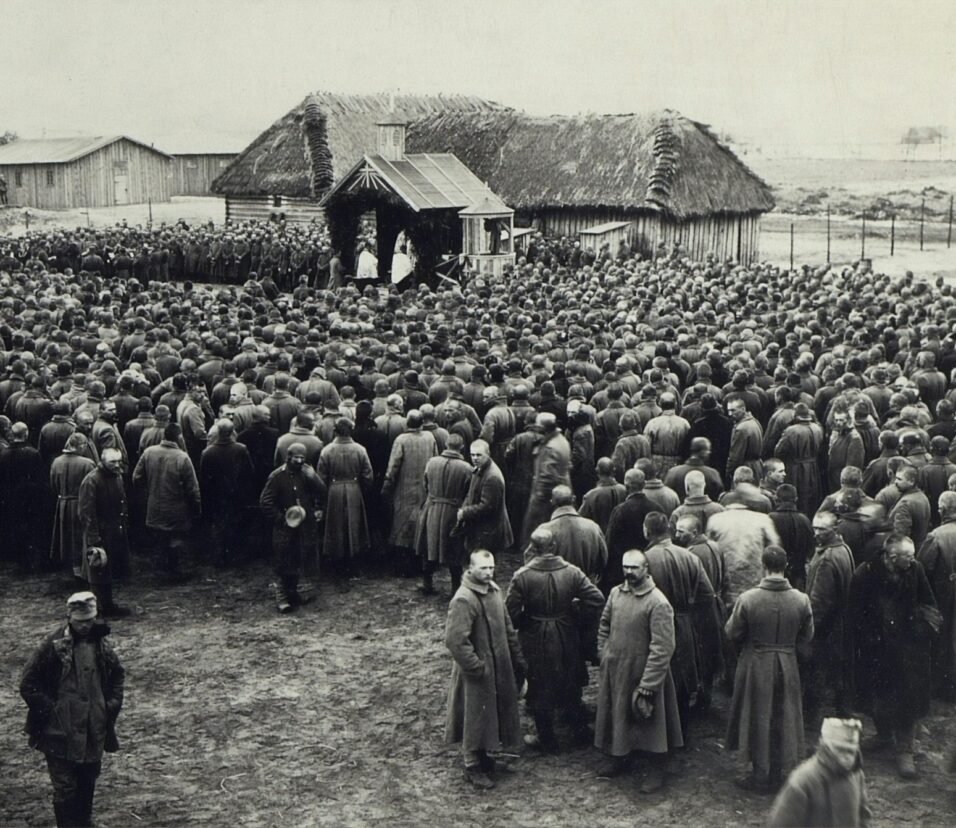Comparing Jamestown & Plymouth
Comparing Jamestown & Plymouth: As one gazes at the meticulously drawn boundaries, bustling cities, and established states on a modern map of the United States, it’s easy to overlook the sprawling wilderness that once dominated the landscape. The early 1500s marked an era of ambitious exploration as European monarchs started funding voyages to North America, intending to expand their realms. Yet, despite the allure of this vast new land, early settlers often found themselves thwarted by the continent’s harsh and unforgiving conditions. But, against all odds, two colonies — Jamestown and Plymouth — managed to survive and even thrive, becoming the first permanent English settlements in North America.
The Establishment of Jamestown
The Genesis of Jamestown
In 1607, a brave contingent of English settlers founded Jamestown, carving out a place for themselves in a land that was foreign and wild. Little did they know, their fledgling town would make history as the first permanent English settlement in the Americas. The colony was established near today’s Williamsburg, Virginia. The initial phase was marked by devastating trials; nearly 80% of the settlers perished due to diseases and scarcity.
The Formation of Jamestown’s Economy
However, the settlers soon discovered that the region’s temperate climate and fertile soil were perfectly suited for agriculture. Thus, Jamestown, which had been originally conceived by the Virginia Company as a commercial enterprise, started prospering. Within a few years, settlers had established plantations, turning a tidy profit by exporting tobacco and other crops. Notably, Jamestown’s settlers adhered to the Church of England, maintaining its religious customs and practices.
The Inception of Slavery in Jamestown
By 1619, Jamestown had already recognized the profit potential of tobacco. But this year also heralded a distressing turn of events. A British pirate ship brought 20 enslaved Angolans to Jamestown, where they were sold to the colony’s governor. This tragic incident, often dubbed America’s “original sin,” set the stage for a system where Africans were enslaved and forced to work for the financial gain of land and plantation owners.
The Founding of Plymouth
The Initiation of Plymouth
In the wake of Jamestown’s dark developments, Pilgrims seeking religious freedom founded Plymouth in 1620, a mere 13 years later. This second English colony in North America provided a sanctuary for these religious separatists from the Church of England, allowing them to practice their faith freely in the New World.
The Emergence of Plymouth’s Economy
Unlike Jamestown, Plymouth was located in a region with a colder climate and rocky terrain, which is present-day Massachusetts. The harsh conditions meant traditional farming was not feasible. Consequently, the settlers shifted their focus to trade, particularly fishing, lumber, and shipbuilding, to sustain their economy.
Shared Trials and Triumphs
Although Jamestown and Plymouth were established with differing goals and followed divergent economic models, they shared a common narrative of struggle and resilience. Both colonies confronted poverty, disease, and high mortality rates while grappling with hostile environments.
Interactions with Native American Tribes
One of the defining aspects of their early existence was the complex and often fraught relationship they shared with the indigenous tribes. Although certain tribes extended help to the newcomers, this relationship was often marred by mutual distrust, misunderstandings, and periodic outbursts of violence. Yet, despite these seemingly insurmountable challenges, the inhabitants of Jamestown and Plymouth displayed remarkable tenacity. They persevered, managed to sustain their communities, and laid the foundation for future settlers aspiring to start anew in the New World.
Long-Term Effects and Legacy
The survival and growth of Jamestown and Plymouth not only marked the advent of permanent English settlements in North America but also left an indelible impact on the development of the United States. The colonies provided invaluable lessons in adaptation, resilience, and survival that were integral to the founding of future settlements.
However, it’s also critical to recognize the darker aspects of their legacy. The introduction of slavery in Jamestown was a historical wrong that led to centuries of systemic oppression, the effects of which are still evident today. On the other hand, while Plymouth became a symbol of religious freedom, it also paved the way for the displacement of the Native American tribes, a tragic consequence that remains a somber part of American history.
Conclusion
The tales of Jamestown and Plymouth, fraught with peril and yet punctuated by endurance and innovation, serve as the bedrock of American colonial history. Their differing economic, religious, and social practices provide a window into the multifaceted origins of the United States. While celebrating their resilience, it’s crucial that we also reflect upon the darker elements of their legacy, particularly Jamestown’s initiation of slavery and Plymouth’s displacement of Native American tribes. Understanding these complexities is essential in appreciating the rich tapestry of our shared history and acknowledging the nation’s need for continuous growth and evolution. It’s also critical to recognize the darker aspects of their legacy. The introduction of slavery in Jamestown was a historical wrong that led to centuries of systemic oppression, the effects of which are still evident today.







